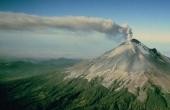Featured Stories | September 17, 2014
Oceans at MIT summer round up
By Genevieve Wanucha
As summer ends, check out the Oceans at MIT stories you may have missed while on vacation. We published our most-read story ever, which hammered down the cold hard truth about Arctic policy. The summer of 2014 also featured stories about MIT’s hydrofoil sailor, a visit to the birth place of geophysical fluid dynamics, marine policy field work in rural Indonesian fishing villages, a massive win for microbial oceanography, ice age climates, and more. Read on!

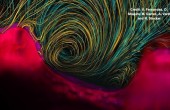
Corals, tiny engineers of their own homes Corals are not passive inhabitants of the sea; rather, they are active engineers of their own environment.
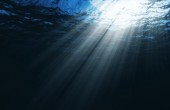
3 Questions with Carl Wunsch on the Ocean’s changing temperature Oceans at MIT asks Carl Wunsch about a major topic in today’s climate change discussions: how the ocean’s temperature has changed.
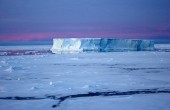
Solving the polar climate conundrum Ocean circulation explains why the Arctic feels the effects of global warming much more than the Antarctic.
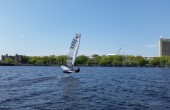
Flying on the Foils: a Q&A with Brooks Reed, MIT’s Moth Sailor All summer, a hydrofoiling sailboat has been flying atop the Charles River. The person skillfully handling this International Moth Class boat is none other than Brooks Reed, MIT PhD student in MIT Mech E.

Broadening the ‘scope’ of microbial oceanography With an infusion of private funds, MIT researchers will break new ground in the study of marine microbes at the legendary ocean field site Station ALOHA.
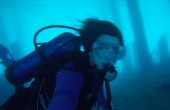
Going Local in the Coral Triangle One MIT researcher is helping rural fishing communities improve the resilience of the fragile marine ecosystems they depend on for everything.
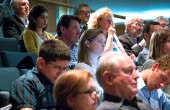
Watch it Again! MIT Sea Grant’s 2014 Coastal Climate Change Symposium MIT Sea Grant College convened a three-day symposium on coastal climate change between June 16-18 2014.
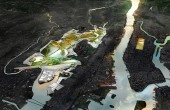
MIT’s Plan to Save New Jersey from the Next Hurricane Wins the HUD CompetitionAn MIT team has won the Rebuild by Design competition with their innovative plan to to protect New Jersey and Metropolitan New York coastlines from the next Hurricane Sandy.
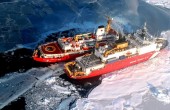
The cold hard truth about Arctic policy: Interview with Lawrence Susskind Oceans at MIT talks to environmental policy expert Lawrence Susskind about the unprecedented need for new Arctic agreements and how to achieve them.
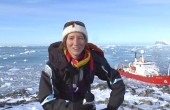
A Drop in the Southern Ocean This brand new short film from Fereday Films follows a group of researchers on a DIMES oceanographic research cruise as they intrepidly travel to the unpredictable and remote seas around the Antarctic continent to collect oceanographic data.
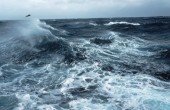
Solving the puzzle of ice age climates Researchers look to the Southern Ocean for an explanation of the “Last Glacial Maximum.”
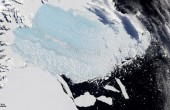
A Visit from the “Dragon” of Rapid Ice Sheet Collapse Polar ice expert Richard Alley delivered the 14th Annual Henry W. Kendall Memorial Lecture “Ice Sheets and Sea Level: Is the Long Tail Attached to a Dragon?,” delving into the process of ice sheet melting and the risks and uncertainties of climate change and sea level rise.
You may also want to check out the summer’s stories on the website of the MIT’s Program in Atmospheres, Oceans, and Climate within MIT’s EAPS:
Flight Path: Into the Volcanic Plume Researchers in EAPS are using small unmanned aircraft systems to better understand environmental phenomena. Their current target is the dangerous plume billowing from an active volcano.
 Seeing Beyond the Clouds Researchers In the Aerosol and Cloud Lab at MIT are perfecting ice cloud chamber methodology for future generations. A new instrument, the SPectrometer for Ice Nuclei (SPIN), will ultimately clarify how humans are changing the chemistry of the atmosphere.
Seeing Beyond the Clouds Researchers In the Aerosol and Cloud Lab at MIT are perfecting ice cloud chamber methodology for future generations. A new instrument, the SPectrometer for Ice Nuclei (SPIN), will ultimately clarify how humans are changing the chemistry of the atmosphere.


